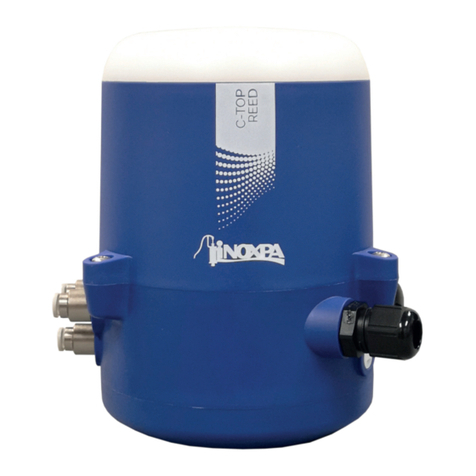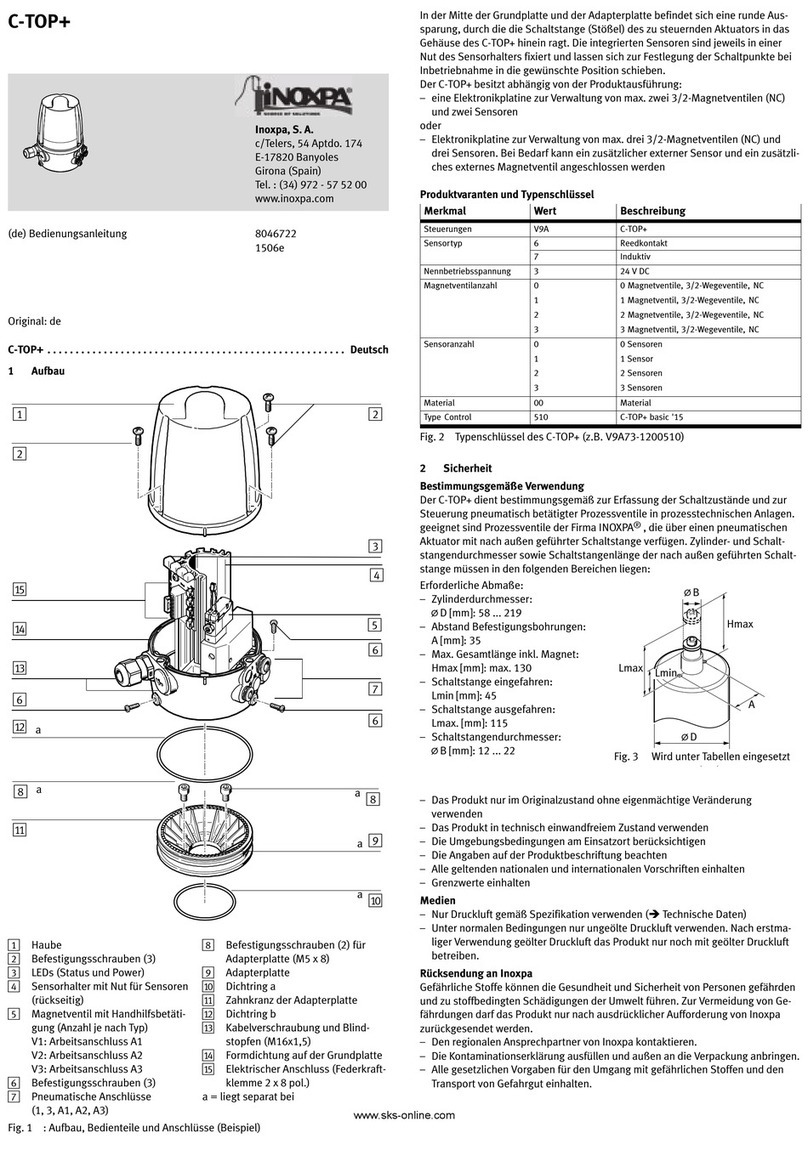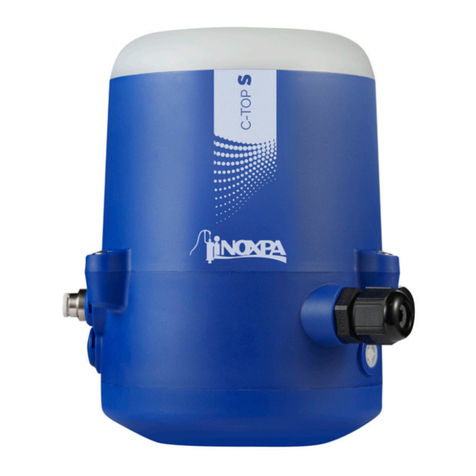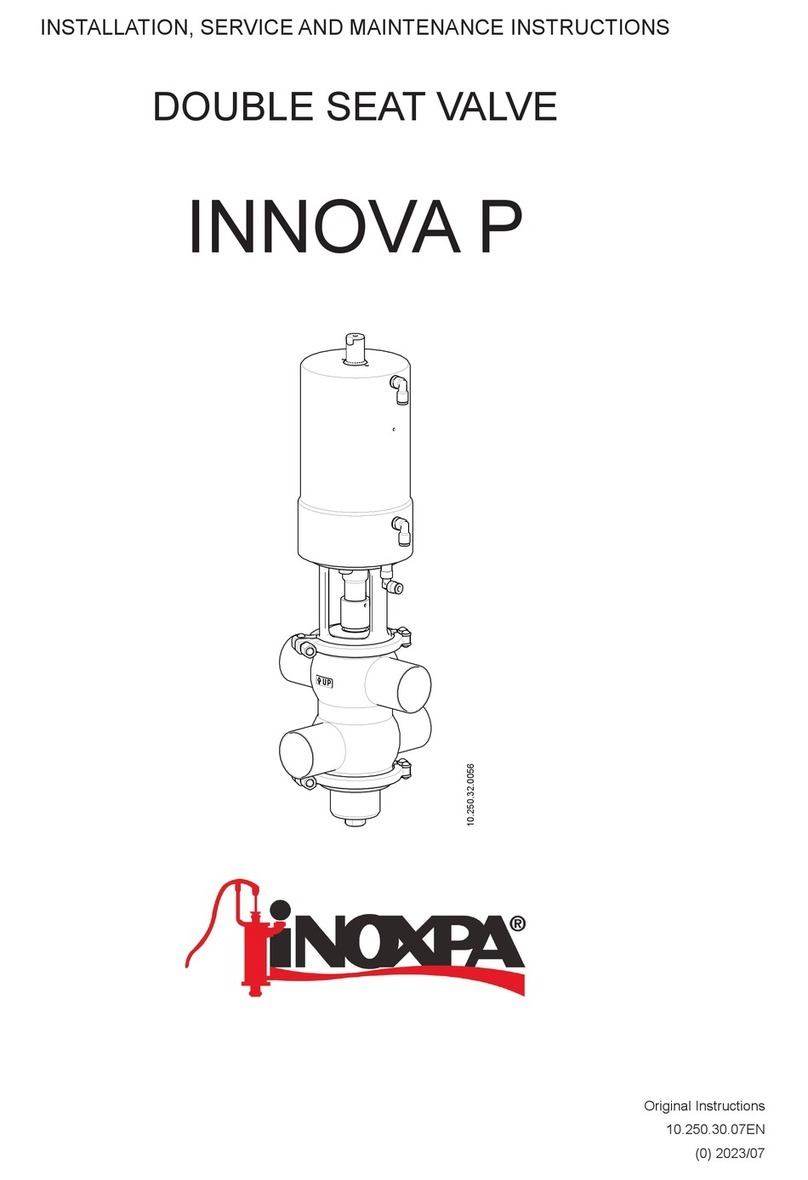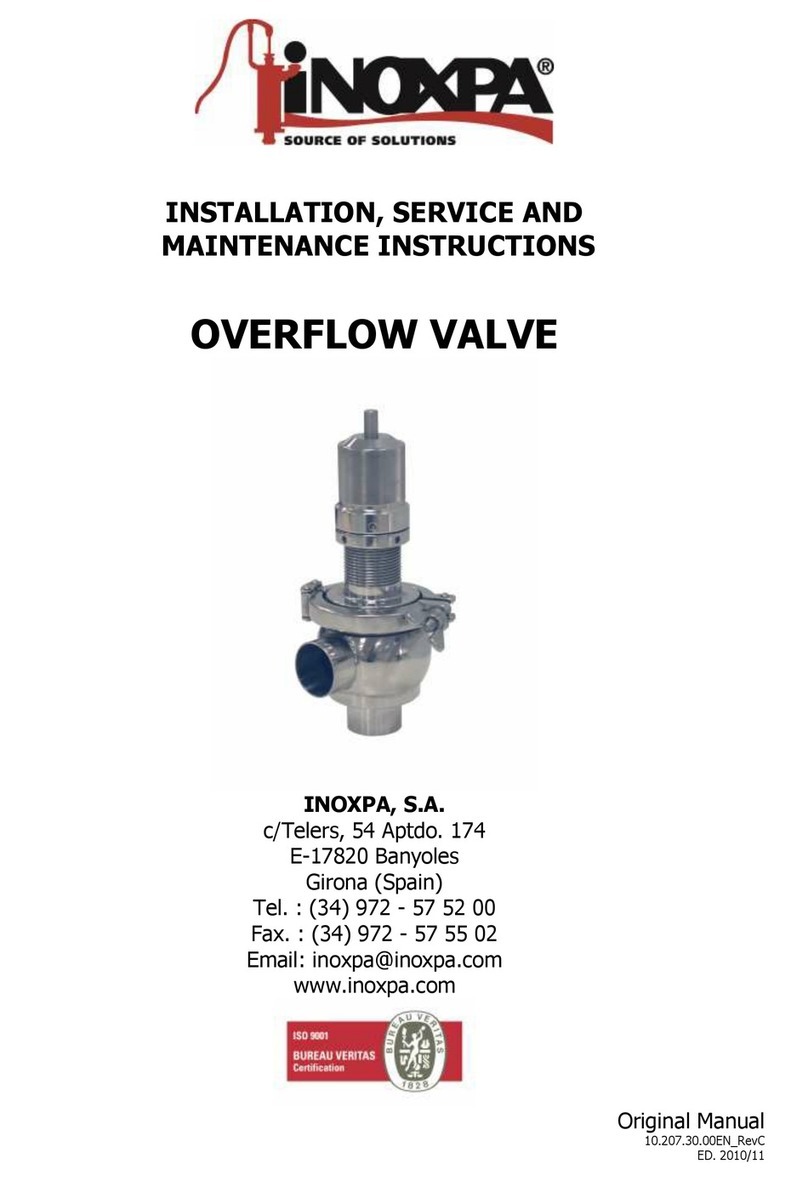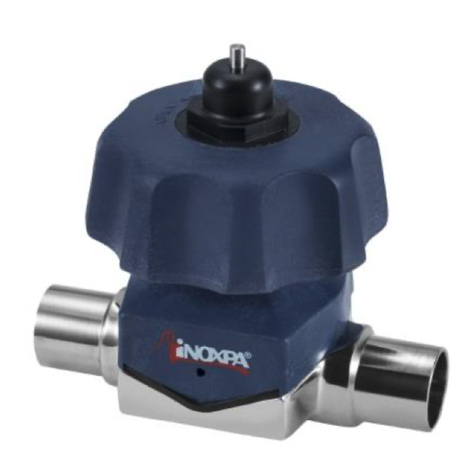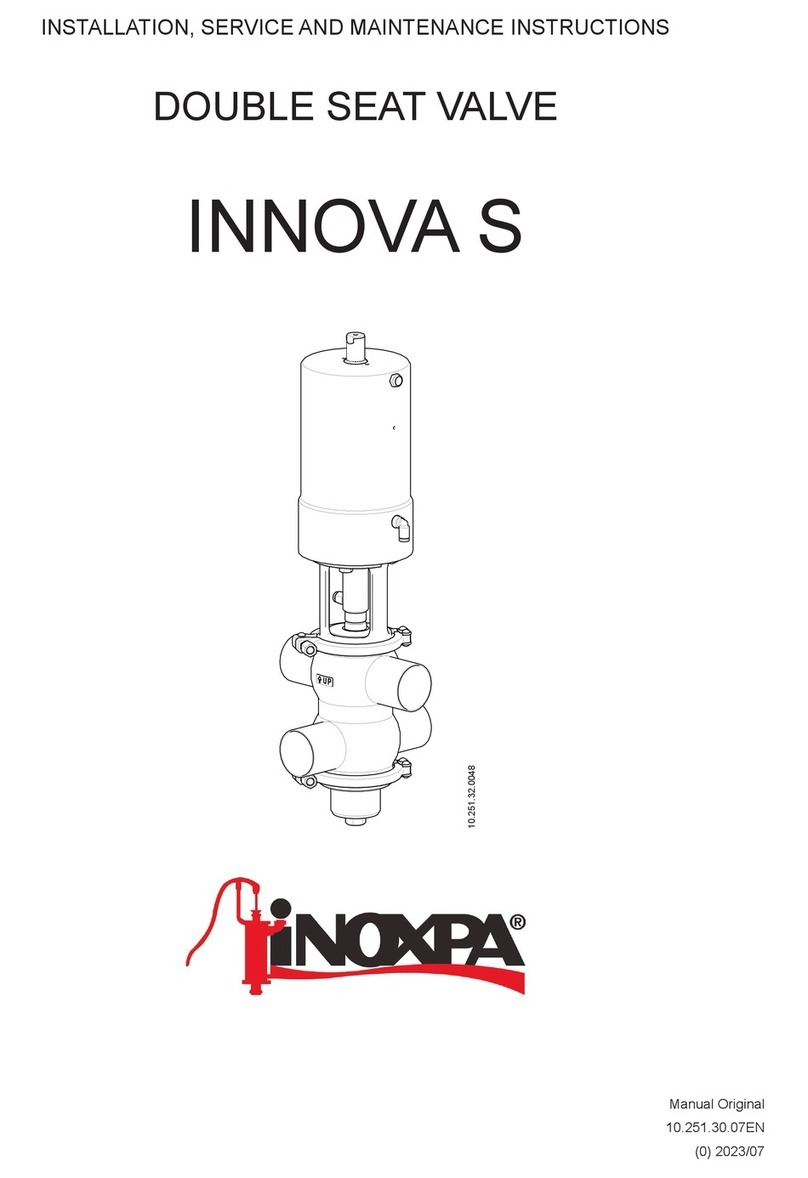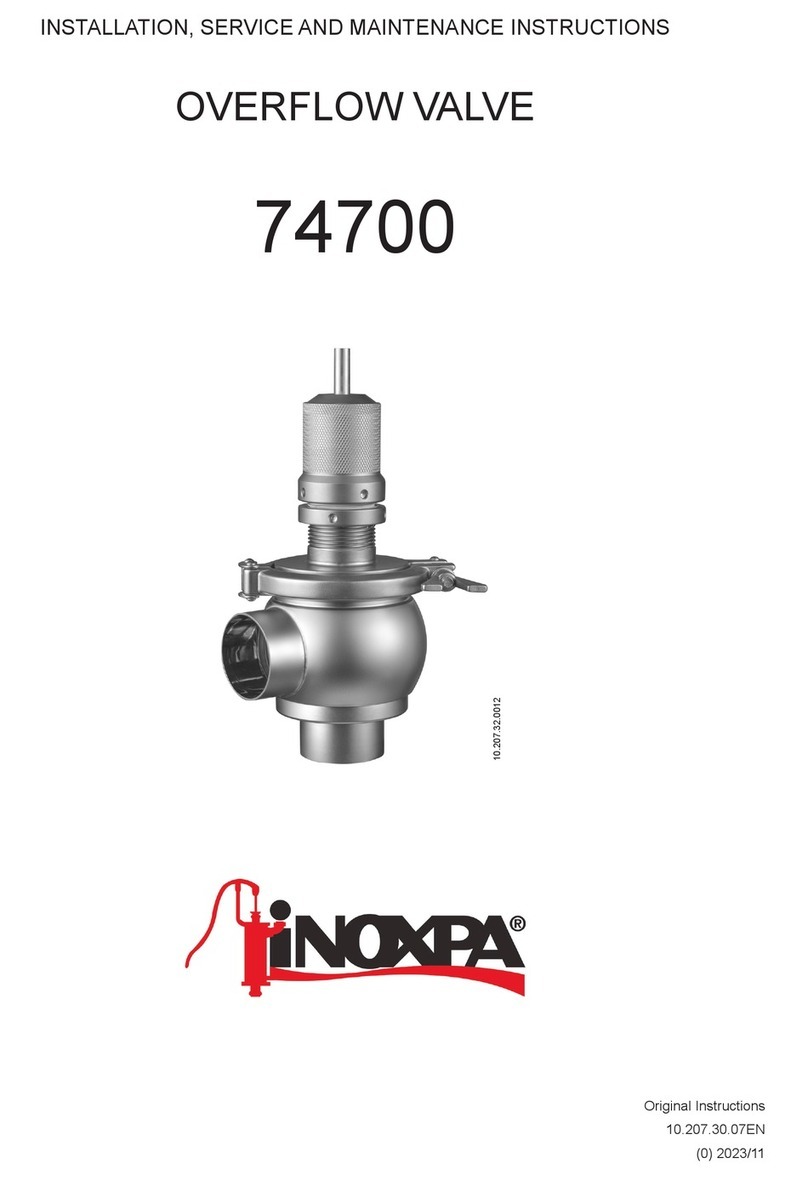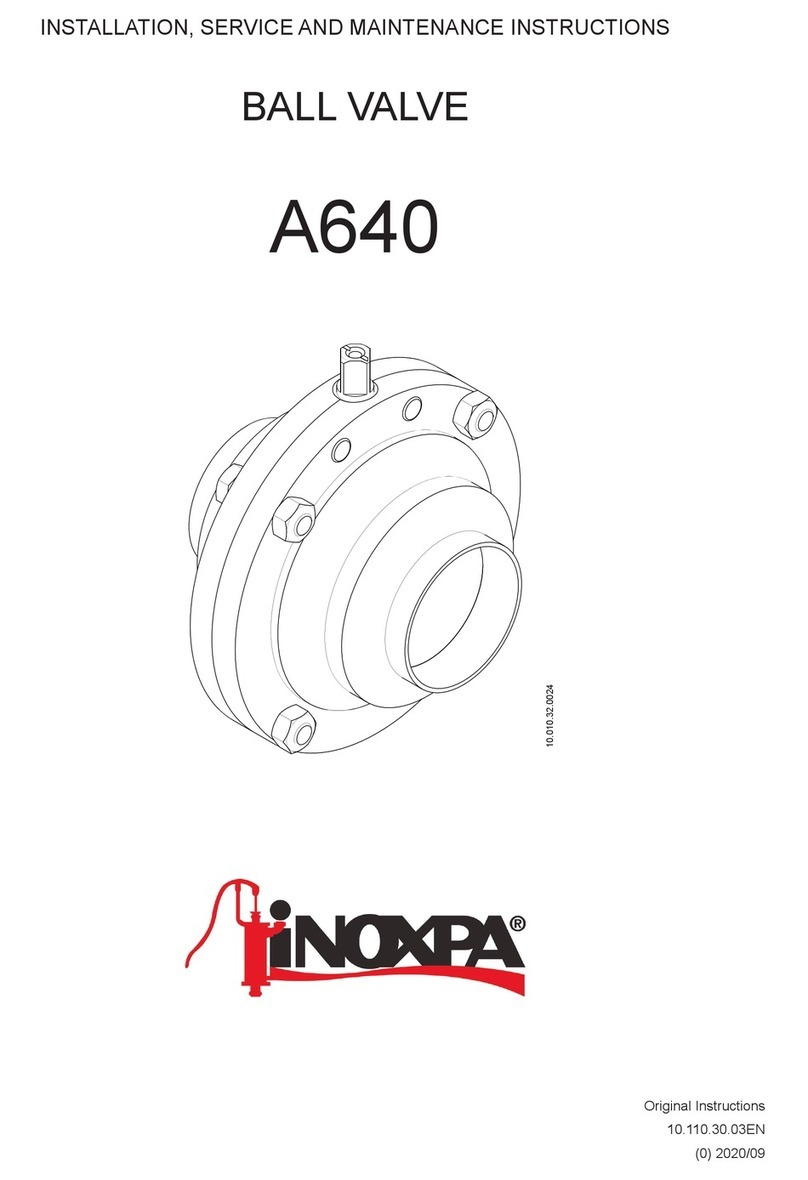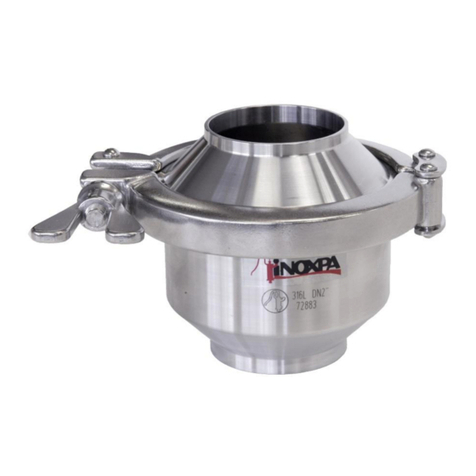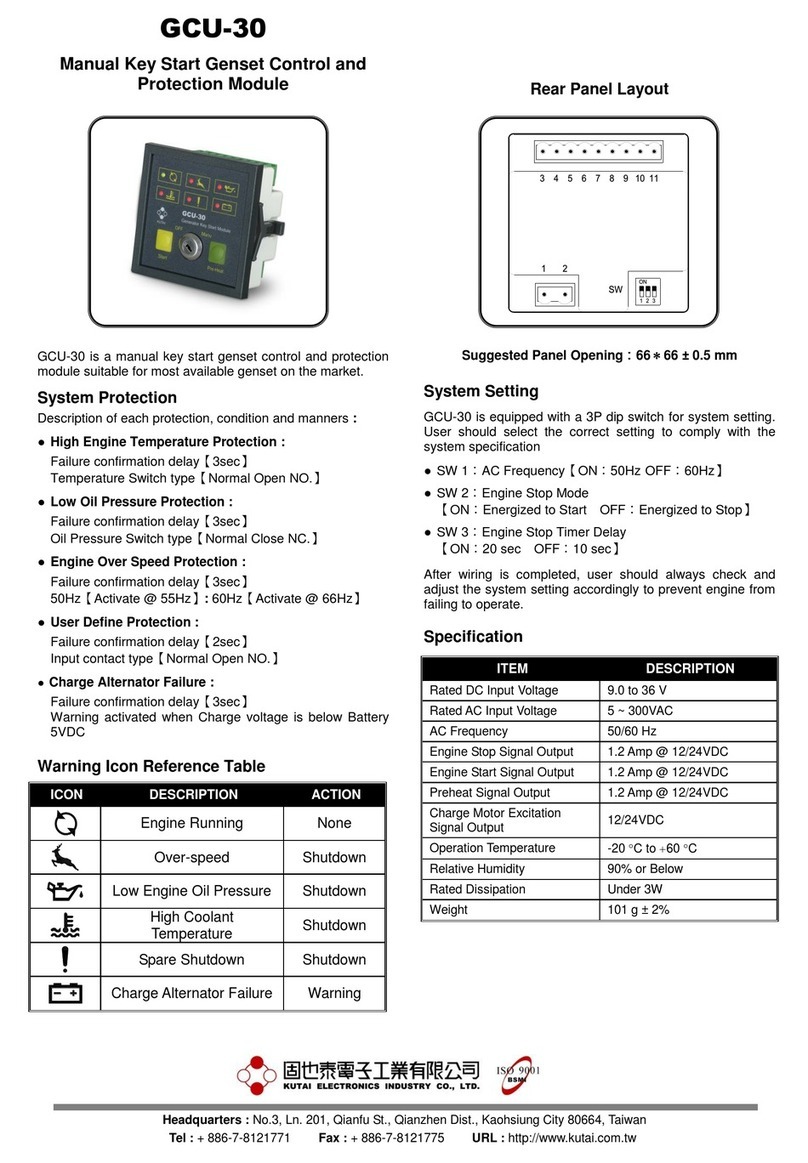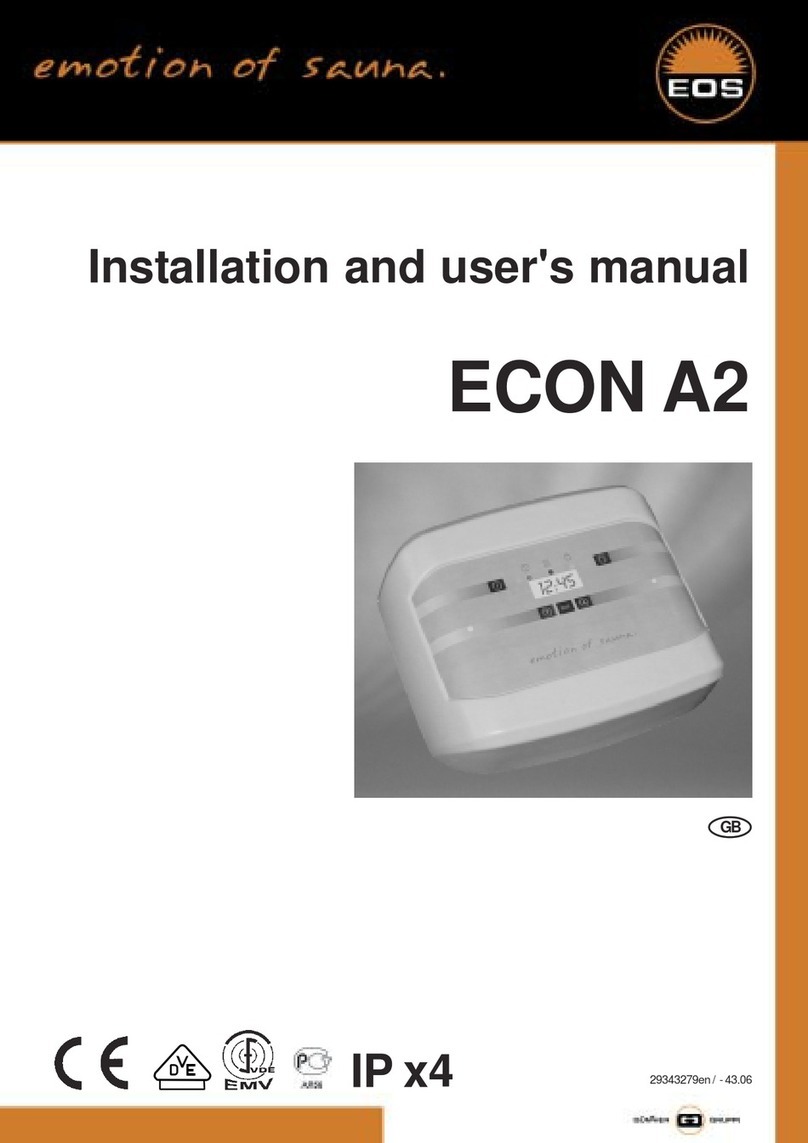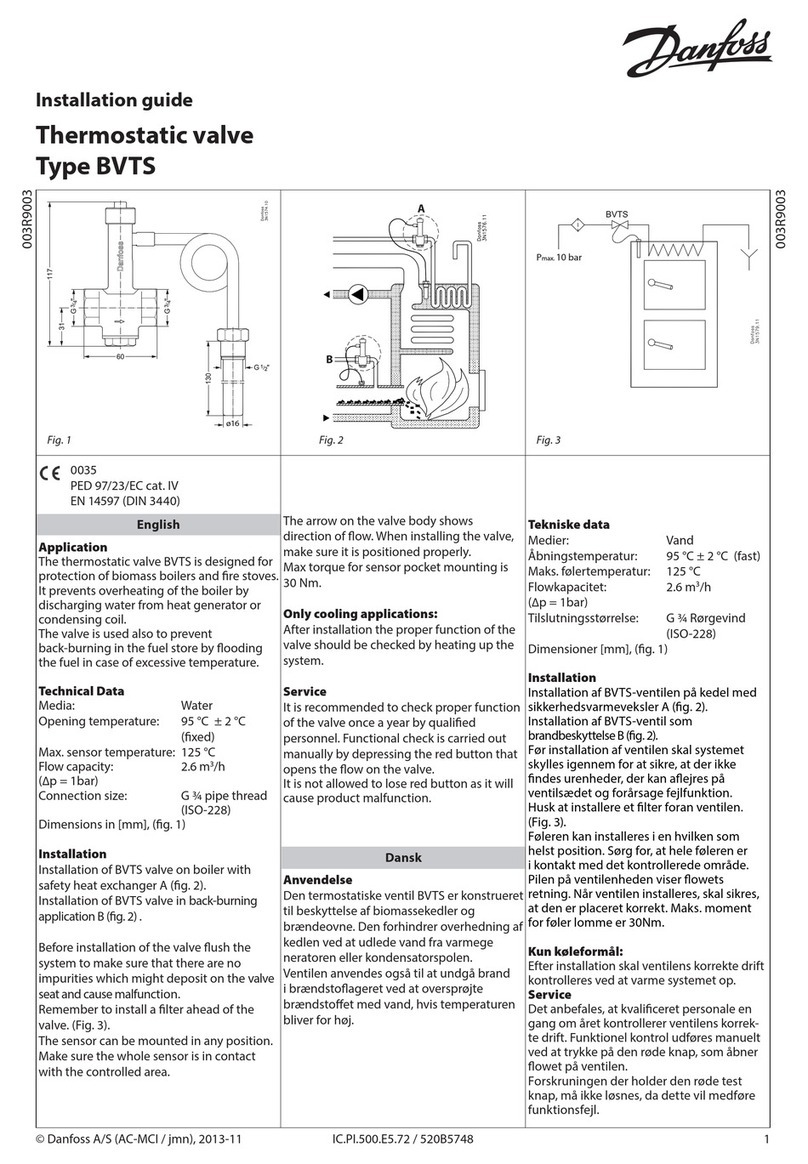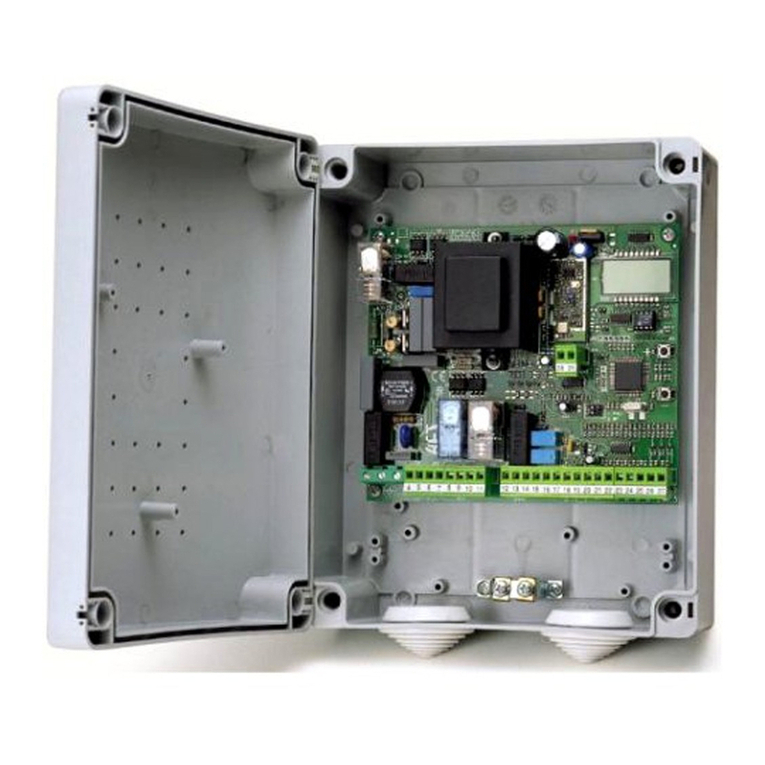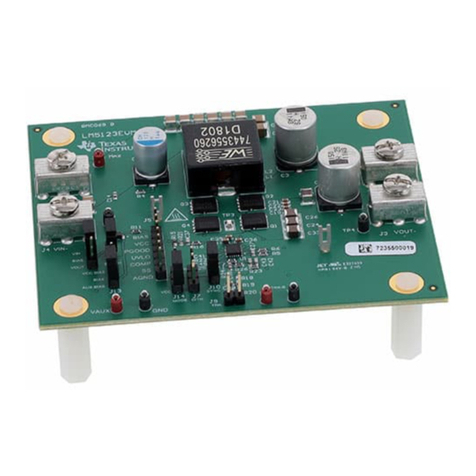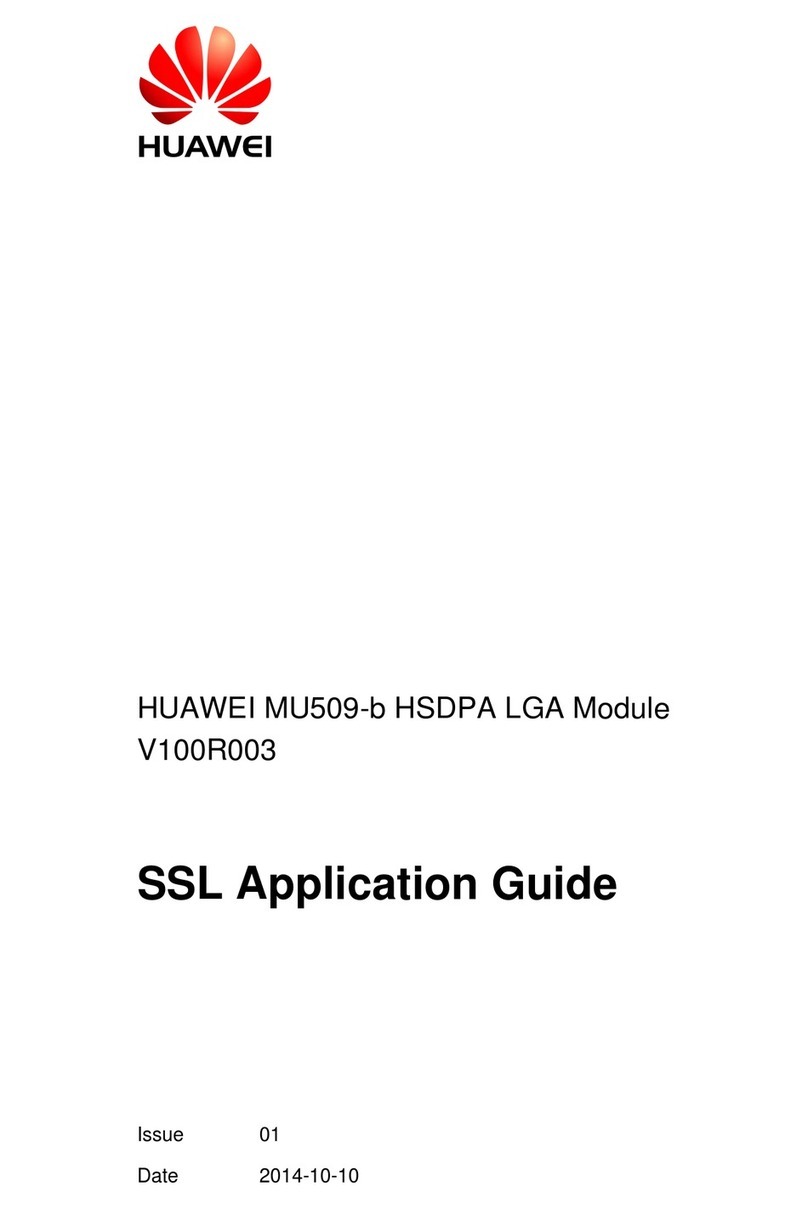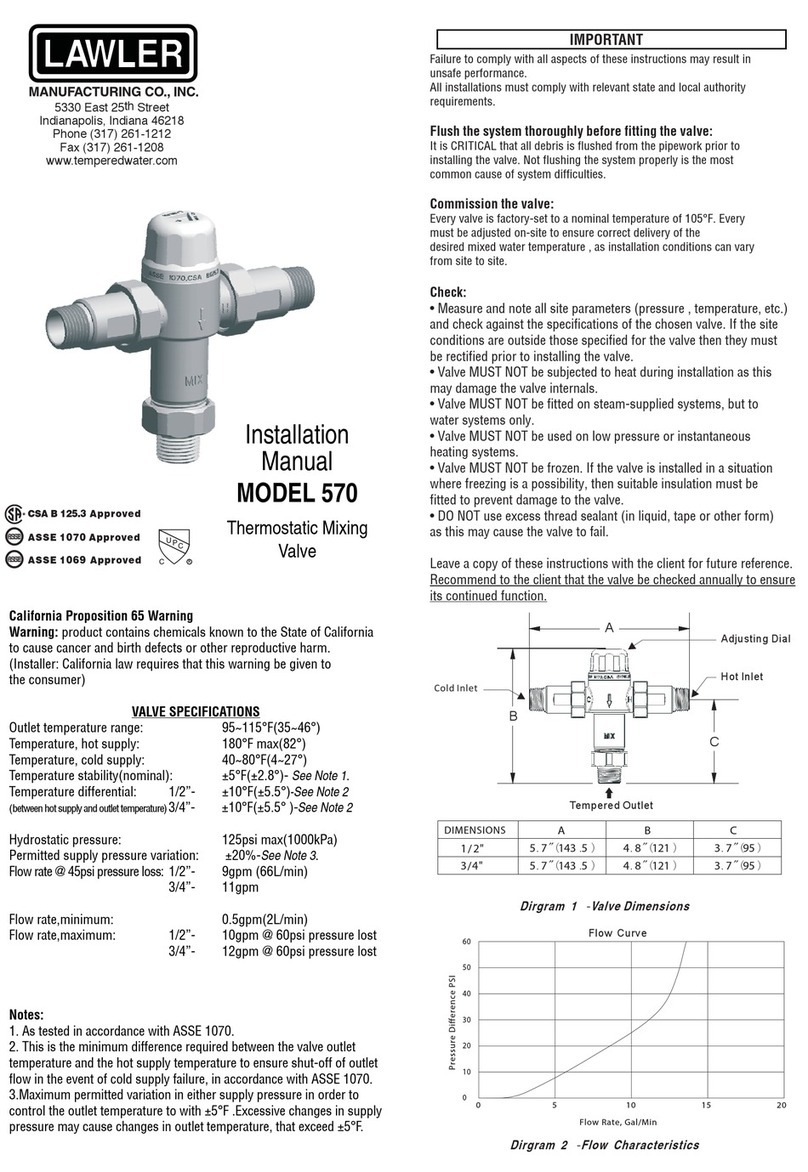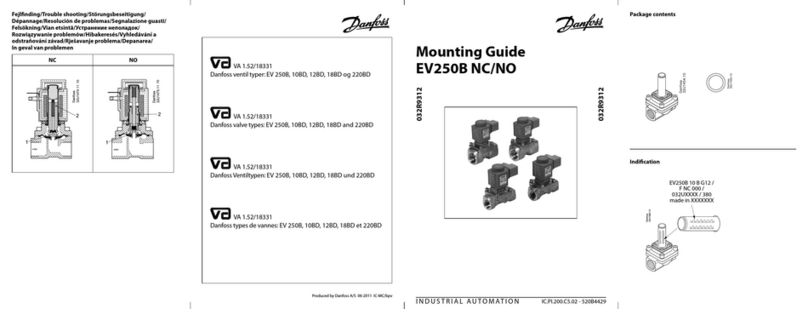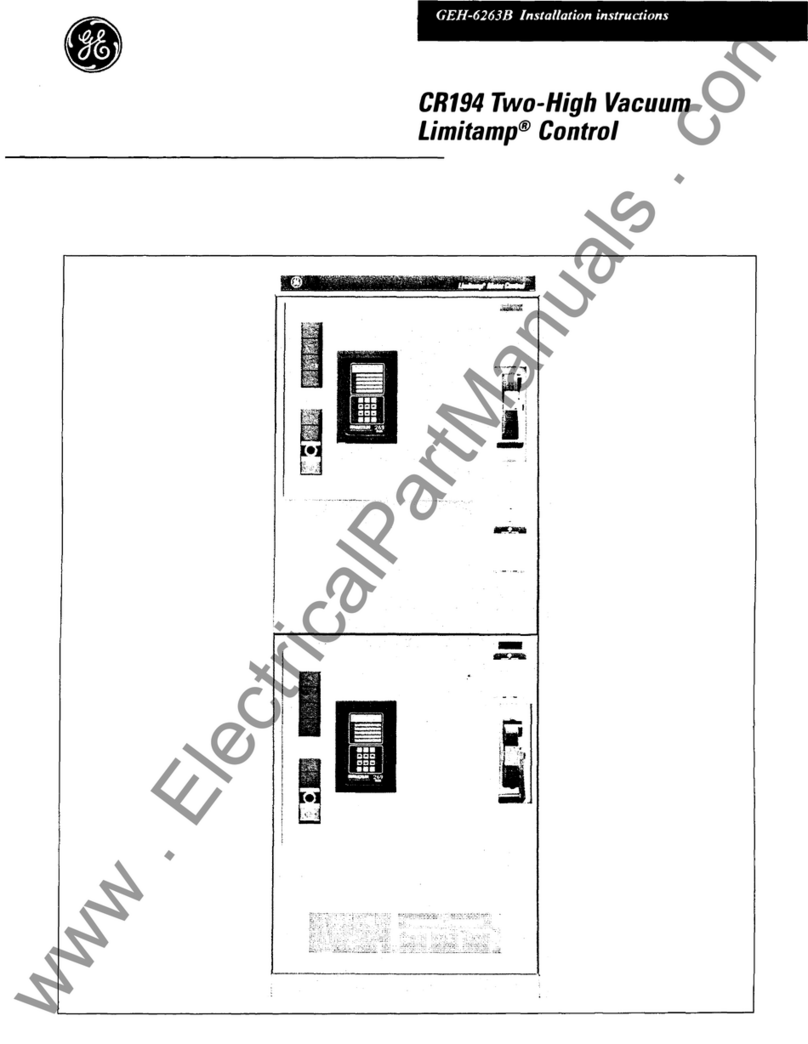INOXPA INNOVA J Installation and user guide

INSTALLATION, SERVICE AND MAINTENANCE
INSTRUCTIONS
SINGLE SEAT RELIEF VALVE
INNOVA J
INOXPA S.A.U.
Telers, 60 Aptdo. 174
17820 –Banyoles
Tel.: +34 972 57 52 00
Fax.: +34 972 57 55 02
www.inoxpa.com
Original Manual
10.245.30.01EN
(0) 2018/05
10.245.32.0001

10.245.30.02EN
(0) 2018/05
(1) The serial number may be preceded by a slash and by one or two alphanumeric characters
EC Declaration of Conformity
We,
INOXPA, S.A.U.
Telers, 60
17820 –Banyoles (Girona)
Hereby declare under our sole responsibility that the machine
Relief Valve
Designation
INNOVA
Type
INNOVA J
From serial number I282400 to I500000 (1) / 000061900IIN to 000100000IIN (1)
Fulfills all the relevant provisions of the following directive:
Machinery Directive 2006/42/CE
Pressure Equipment Directive 2014/68/EU
Identification of the person empowered to draw up the Declaration on behalf of the manufacturer and
qualified to compile the technical file established by the community
David Reyero Brunet
Technical Office Manager
Banyoles, May 17, 2018

(0) 2018/05 1. Safety 3
1. Safety
1.1. INSTRUCTION MANUAL
This instruction manual contains basic guidelines, which must be followed during installations, start-up,
and maintenance.
The information published in this instruction manual is based on updated data.
INOXPA reserves the right to modify this instruction manual without prior notice.
1.2. INSTRUCTIONS FOR START-UP
This instruction manual contains essential and useful information for the correct handling and maintenance
of your valve.
The safety instructions detailed in this section as well as all the special measures and recommendations
included in the other sections of this manual must be observed and fulfilled. These instructions must be
kept in a safe location near the installation area.
1.3. SAFETY
1.3.1. Warning symbols
Danger for people in general
Danger of injury caused by moving
equipment parts.
Electrical hazard
Danger caustic or corrosive agents
Danger to the correct operation of
the equipment
Mandatory to ensure safety at the
workplace
Mandatory use of safety goggles
1.4. GENERAL SAFETY INSTRUCTIONS
Read the instruction manual carefully before installing and using the valve. If in doubt,
please contact INOXPA
1.4.1. Durante la instalación
The Technical specifications in chapter 8 should always be observed.
The installation and use of the valve must always be carried out in accordance with
applicable safety and health regulations.
Before putting the valve into service, check to make sure it is assembled correctly and that
the shaft is perfectly aligned. Misalignment and/or excessive forces when securing the valve
can cause serious mechanical problems with the valve.

4 1. Safety (0) 2018/05
1.4.2. During operation
Always take the Technical specifications in chapter 8 into consideration. The specified limit values shall
NEVER be exceeded under any circumstance.
NEVER touch the valve and/or piping that is in contact with the fluid during operation. If the
process involves hot products, there is a risk of burns.
The valve contains parts that move in a linear fashion. Do not place hands or fingers in the
valve closing area. This can cause serious injury.
1.4.3. During maintenance
The Technical specifications in chapter 8 should always be observed.
NEVER disassemble or remove the valve until the pipes have been emptied. Bear in mind that
the fluid in the pipe may be hazardous or extremely hot. Consult the regulations in effect in
each country for these cases.
Inside the actuator, there is a spring with an applied load, and the steps specified in this
manual must be followed when performing maintenance operations to avoid injury.
Do not leave loose parts on the floor.
All electrical work must be carried out by authorised personnel.
1.4.4. Compliance with the instructions
Any failure to comply with the instructions may impose a risk to the operators, the environment and the
machine, and may ultimately result in the loss of any right to claim damages.
Failure to comply may entail the following risks:
Failure of important machine/plant functions.
Failure of specific maintenance and repair procedures.
Threat of electrical, mechanical and chemical hazards.
Placing the environment at risk due to the substances released.
1.4.5. Warranty
Any warranty will be void immediately and lawfully; additionally, INOXPA shall be compensated for any
civil liability claims submitted by third parties, in the following cases:
The installation and maintenance work has not been carried out following the instructions in this
manual.
The repairs have not been made by our personnel or have been made without our written
authorisation.
The parts used are not INOXPA genuine parts.
Modifications have been carried out on our material or equipment without written authorisation.
The material or equipment has been improperly used, has been used carelessly, or has not been
used according to the instructions and their intended purpose, specified in this manual.
The general terms of delivery already in your possession are also applicable
The machine may not undergo any modification without prior approval from the
manufacturer. For your safety, only use original spare parts and accessories.
The usage of other parts will relieve the manufacturer of any liability
Please do not hesitate to contact us in case of doubts or if further explanations are required regarding specific
data (adjustments, assembly, disassembly, etc.)

(0) 2018/05 2. Table of contents 5
2. Table of contents
1. Safety .................................................................................................................................... 3
1.1. Instruction manual.................................................................................................................... 3
1.2. Instructions for start-up ............................................................................................................ 3
1.3. Safety ...................................................................................................................................... 3
1.4. General safety instructions ........................................................................................................ 3
2. Table of contents................................................................................................................... 5
3. General information .............................................................................................................. 6
3.1. Description ............................................................................................................................... 6
3.2. Application ............................................................................................................................... 6
3.3. Innova J................................................................................................................................... 6
4. Installation............................................................................................................................ 7
4.1. Reception of the valve............................................................................................................... 7
4.2. Transportation and storage ....................................................................................................... 7
4.3. Identification ............................................................................................................................ 8
4.4. Positioning................................................................................................................................ 9
4.5. Direction of flow ....................................................................................................................... 9
4.6. General installation ................................................................................................................... 9
4.7. Checking and review ................................................................................................................10
4.8. Welding...................................................................................................................................10
4.9. Actuator air connection ............................................................................................................11
5. Start-up............................................................................................................................... 12
5.1. Uses of the valve .....................................................................................................................12
5.2. Start-up...................................................................................................................................12
5.3. Operation ................................................................................................................................12
5.4. Valve setting............................................................................................................................13
6. Operating problems ............................................................................................................ 14
7. Maintenance........................................................................................................................ 15
7.1. General considerations .............................................................................................................15
7.2. Maintenance............................................................................................................................15
7.3. Cleaning..................................................................................................................................16
7.4. Assembly and disassembly........................................................................................................17
7.5. Disassembly/assembly of the Innova J ......................................................................................18
7.6. Replacing the seat seal.............................................................................................................19
7.7. Actuator assembly / disassembly...............................................................................................20
8. Technical specifications ...................................................................................................... 22
8.1. Technical specifications ............................................................................................................22
8.2. Exploded drawing and parts list Innova J...................................................................................23

6 3. General information (0) 2018/05
3. General information
3.1. DESCRIPTION
INNOVA J (relief) valve is pneumatically actuated single-seat valve .Closing pressure of the valve is set by
the spring pressure, which can be regulated by means of the screw located on the top of the valve. When
the set pressure exceeds, valve opens.
The valve is provided with a pneumatic seat lift, it allows the CIP liquid to pass through during CIP
process.
3.2. APPLICATION
The INNOVA J valve is designed for dairy and food-processing industries, beverage production, and
pharmaceutical and fine chemicals industries.
3.3. INNOVA J
The INNOVA J valve is a pneumatically actuated single seat valve designed for use as relief valve.
Actuator
Lantern
Housing

(0) 2018/05 4. Installation 7
4. Installation
4.1. RECEPTION OF THE VALVE
INOXPA will not be liable for any deterioration of the material occurred during shipping or
unpacking. Visually check that the packaging has not been damaged.
The first thing to do upon receipt of the valve is to check it and make sure that it matches the packing list.
INOXPA inspects all its equipment before packaging; however, it cannot guarantee that the merchandise
arrives to the user intact. Therefore, when receiving valves or any other item, they must be checked; if it
is found that they are not in good condition or not all the parts are present, the carrier will fill out a report
as soon as possible.
Each valve is inscribed with its fabrication number. Indicate the fabrication number on all documents and
correspondence.
4.2. TRANSPORTATION AND STORAGE
INOXPA shall in no case be liable for improper unpacking of the valve and its components.
4.2.1. Delivery
Check to see whether all the parts listed on the delivery slip are present:
Complete valve.
Its components (if any are supplied).
Delivery slip.
Instruction manual.
4.2.2. Unpacking
Remove any possible traces of packaging from the valve or its parts
Inspect the valve or the parts that comprise it for possible damage incurred during shipping.
Take all possible precautions against damage to the valve and its components.
The buyer or user shall be liable for assembly, installation, start-up and operation of the
valve
Fabrication number

8 4. Installation (0) 2018/05
4.3. IDENTIFICATION
WA
J
L
0
-
0
06
52
050
12
0
Options
0
---
1
ID Ra<0,5
Actuator
11
T1 S/E NC
12
T2 S/E NC
13
T3 S/E NC
14
T4 S/E NC
Size
025
DN 25, OD 1"
040
DN 40, OD 1 1/2"
050
DN 50, OD 2"
063
OD 2 1/2"
065
DN 65
076
OD 3"
080
DN 80
100
DN 100, OD 4"
Unions
43
HNBR
52
EPDM
78
FPM
Material
06
AISI 316L
Connection
0
Welded
Standard Pipe
0
DIN
1
OD
Housing configuration
L,T
1 housing
A,B,C,D
2 housings
Types
J
Relief valve
Product family
WA
Válvula INNOVA

(0) 2018/05 4. Installation 9
4.4. POSITIONING
Position the valve in a way that facilitates inspections and reviews. Allow sufficient space around the valve
for adequate review, dismantling and maintenance (see table in section 4.8.1. Single seat relief valve,
weld/weld).
4.5. DIRECTION OF FLOW
The following image indicates the recommended direction for product flow, as well as the direction of
closing, depending on the type of valve. Following these indications will prevent water hammer and its
consequences to the extent possible, which can occur when single-seat valves close.
The recommended direction will always be contrary to the movement of valve closing; that is, when the
valve is closing, the valve will always work against the pressure of the fluid.
4.6. GENERAL INSTALLATION
After the location of the valve is defined, the pipe can be joined by welding the valve housing or using
fittings. In this case, do not forget the seals, and tighten the unions
properly.
Before starting to weld the valve housings to the pipe, disassemble the
valve to prevent damage to the joints, following the instructions in
section 7.4. Assembly and disassembly.
Avoid using excessive force when assembling the valves, and pay special
attention to:
Vibrations that may be produced on the facility.
Thermal dilation that the pipe may undergo when hot fluids are
circulating.
The weight that the pipe can support.
Excessive welding current.

10 4. Installation (0) 2018/05
4.7. CHECKING AND REVIEW
Perform the following checks before using:
Check that the clamps and nuts are well secured.
Open and close the valve (applying compressed air to the actuator) several times to make sure it
operates correctly and to make sure that the shaft joint is coupled smoothly to the valve housing.
4.8. WELDING
Welding work should only be done by qualified persons who are trained and equipped with
the necessary equipment to perform this kind of work.
Before starting welding, disassemble the valve as explained in section 7.4. Assembly and disassembly.
4.8.1. Single seat relief valve, weld/weld
Disassemble the valves as indicated in section 7.4. Assembly and disassembly.
Weld the valve housing to the pipes.
When welding the valve housing, it is very important to keep the minimum distance (height A) to
allow the valve to be disassembled for subsequent reviews and to change valve parts (seals,
bushings, etc.)
Valve size
A [mm]
DN25/OD1”
370
DN40/OD1½”
380
DN50/OD2”
430
DN65/OD2½”
480
DN80/OD3”
500
DN100/OD4”
540

(0) 2018/05 4. Installation 11
4.9. ACTUATOR AIR CONNECTION
Connect and check the compressed air connections.
INOXPA valves are supplied with connections for Ø6 pipe, and with a silencer on S/E actuators.
Consider the quality of the compressed air, according to the specifications described in 8.
Technical specifications.
Conexiones neumáticas
roscaR1/8’’

12 5. Start-up (0) 2018/05
5. Start-up
Valve start-up can be done if the instructions detailed in chapter 4. Installation have been followed first.
5.1. USES OF THE VALVE
It is widely used as a bypass valve for the positive displacement pumps. It is also used to protect the
equipment in case of excessive pressure.
5.2. START-UP
Prior to start-up, the persons in charge must be duly informed about how the valve works
and the safety instructions to follow. This instruction manual will be available to personnel
at all times.
Before putting the valve/actuator into service, the following must be taken into consideration:
Check that the piping and valve are completely free of possible traces of welding slag or other
foreign particles. Clean the system if necessary.
Check to make sure the valve moves smoothly. If necessary, lubricate it with special grease or
soapy water.
Check for possible leaks, and make sure the pipes and their connections are sealed and do not
have any leaks.
If the valve has been supplied with an actuator, make sure that the alignment of the valve shaft
and the actuator shaft enables smooth movement.
Check that the compressed air pressure at the inlet to the actuator matches what is indicated in
the Technical specifications.
Consider the quality of the compressed air, according to the specifications described in chapter 8.
Technical specifications.
Actuate the valve.
5.3. OPERATION
Do not modify the operating parameters for which the valve has been designed without
prior written authorisations from INOXPA.
Do not touch the moving parts of the coupling between the actuator and the valve when the
actuator is connected to the compressed air supply.
Burn hazard! Do not touch the valve or the pipes when hot fluids are circulating or when
cleaning and/or sterilization are being carried out.

(0) 2018/05 5. Start-up 13
5.4. VALVE SETTING
Type J valve can be set by client. Calibration requires a pump, a pressure gauge (to measure the
pressure), a shut-off valve and Type J valve.
Start up the pump with the shut-off valve in the closed position. The liquid will pass through the Type J
valve, which will act as a bypass (recirculation). Tighten the top screw (previously loosening the lock nut)
on the TypeJvalveuntilthepressuregaugeindicatesthepump’smaximumworkingpressure.Thevalve
will then be set to the pressure indicated on the pressure gauge; if this pressure is exceeded, the valve
will close and the flow will be recirculated, thus preventing any damage to the system.
10.210.32.0013

14 6. Operating problems (0) 2018/05
6. Operating problems
Water hammer
Valve does not open/close
Internal leak of product (valve closed)
The valve plug is sticking
PROBABLE CAUSES
SOLUTIONS
•
The seal or guide bushing is worn, deteriorated
or has gotten stuck
Replace the seals
Replace the seals with ones made of a different
material or grade that is more appropriate for
the product
Lubricate with soapy water or a lubricant that is
compatible with the seal material and the
product
•
Insufficient air pressure
Replace the actuator with a larger one
Increase the compressed air pressure
•
Normal wear of seals
Replace the seals
•
Premature wear of the seal / affected by the
product
Replace the seals with ones made of a different
material or grade that is more appropriate for
the product
Reduce the pressure in the line
Reduce the working temperature
•
Product residue has been deposited on the valve
seat and/or plug
Clean frequently
•
Excess product pressure
Replace the actuator with a larger one
Connect an auxiliary compressed air nipple on
the side of the spring (to offset the excess
pressure) without exceeding (4 bar)
Reduce the product pressure
•
Loss of seal (vibrations)
Tighten loose parts
•
Product pressure exceeds the actuator
specifications
Replace the actuator with a larger one
Reduce the product pressure
Use auxiliary air on the spring side
•
Warping of seals
Replace the seals with ones of a different
quality, if they have deteriorated prematurely
•
Actuator spring in poor condition and/or stuck
(dirty)
Replace spring (clean)
•
The direction of flow is the same as the direction
of closing
The direction of flow should go against the
direction of closing
Choke the air discharge to reduce the pressure

(0) 2018/05 7. Maintenance 15
7. Maintenance
7.1. GENERAL CONSIDERATIONS
This valve, just like any other machine, requires maintenance. The instructions in this manual cover the
identification and replacement of spare parts. The instructions are aimed at maintenance personnel and
those responsible for the supply of spare parts.
Carefully read chapter 8. Technical specifications.
All replaced material should be duly disposed of/recycled according to the directives in effect
in each area.
Valve and/or actuator assembly and disassembly should only be done by qualified persons.
Before starting maintenance work, make sure that the pipes are not under pressure.
7.2. MAINTENANCE
To perform maintenance properly, the following are recommended:
Periodic inspection of the valve and its components.
Keeping an operational record of each valve, nothing any problems.
Always having spare replacement seals in stock.
During maintenance, pay special attention to the hazard warnings indicated in this manual.
The valve and the pipes must never be under pressure during maintenance.
During maintenance, the valve must never be hot. Burn hazard!
7.2.1. Seal maintenance
CHANGING SEALS
Preventive maintenance
Replace every 12 months
Maintenance after a leak
Replace at the end of the process
Planned maintenance
Regularly check for the absence of leaks and smooth operation of the
valve
Keep a valve log
Use statistics to plan inspections
Lubrication
During assembly, apply lubricants that are compatible with the seal
material. See the table below
SEAL COMPONENT
LUBRICANT
Clase NLGI DIN
51818
HNBR/ FPM
Klübersynth UH 1 64-2403
3
EPDM/ HNBR/ FPM
PARALIQ GTE 703
3
The period between each preventive maintenance service will vary depending on the working conditions to
which the valve is subject: temperature, pressure, number of operations per day, type of cleaning
solutions used, etc.

16 7. Maintenance (0) 2018/05
7.2.2. Storage
Valves should be stored in an enclosed location under the following conditions:
Temperature from 15ºC to 30ºC
Ambient humidity < 60%
Equipment MAY NOT be stored outside.
7.2.3. Spare parts
To order spare parts, you must indicate the valve type and the position and description of the part, as
found in chapter 8. Technical specifications.
7.3. CLEANING
The use of aggressive cleaning products such as caustic soda and nitric acid may burn the
skin.
Wear rubber gloves during all cleaning procedures.
Always wear protective goggles.
7.3.1. CIP (Clean-in-Place) cleaning
If the valve is installed in a system with a CIP process, its disassembly will not be required. EPDM is the
standard seal material that will be used for CIP cleaning, both in alkaline mediums and in acid mediums.
The other two options (HNBR, FPM) are not recommended.
Cleaning solutions for CIP processes.
Only use clear water (chlorine-free) to mix with the cleaning agents:
a) Alkaline solution: 1% by weight of caustic soda (NaOH) at 70ºC (150ºF)
1 kg NaOH + 100 l of H2O = cleaning solution
or
2,2 l of 33% NaOH + 100 l of H2O = cleaning solution
b) Acid solution: 0,5% by weight of nitric acid (HNO3) at 70ºC (150ºF)
0,7 l of 53% HNO3+ 100 l of H2O = cleaning solution
Check the concentration of the cleaning solutions; incorrect concentrations may lead to the
deterioration of the valve seals.
To remove any traces of cleaning products, ALWAYS perform a final rinse with clean water at the end of
the cleaning process.
Before starting disassembly and assembly tasks, clean the entire interior and exterior of the
valve.

(0) 2018/05 7. Maintenance 17
7.3.2. Automatic SIP (Sterilization-in-Place)
Sterilization with steam is applied to all equipment including the pigging.
Do NOT start the equipment during the sterilization with steam.
The parts/Materials will not be damaged if the indications specified in this manual are
observed.
No cold fluid can enter the equipment until the temperature of the equipment is lower than
60°C (140°F).
Maximum conditions during the SIP process with steam or superheated water:
a) Max. temperature: 140°C / 284°F
b) Max. time: 30 min
c) Cooling: Sterile air or inert gas
d) Materials: EPDM (HNBR and FPM materials are not recommended)
7.4. ASSEMBLY AND DISASSEMBLY
Proceed with caution. Personal injury can occur.
Always disconnect the compressed air before starting to disassemble the valve.
Never disassemble the valve clamps directly without reading the instructions carefully, since
the actuator contains a spring inside it with an applied load.
Valve and/or actuator assembly and disassembly should only be done by qualified persons.

18 7. Maintenance (0) 2018/05
7.5. DISASSEMBLY/ASSEMBLY OF THE INNOVA J
7.5.1. Disassembly
1. Loosen nut (26) and unscrew screw (22).
2. Apply compressed air to the actuator (10A) so that the plug
shaft (08) passes the open position.
3. Loosen and separate the clamps (34).
4. Separate the actuator (10) and bottom port (02) from the
valve housing (01).
5. Remove seal (20B) from bottom port (02).
6. Release the compressed air in the actuator.
7. Unscrew the Allen bolts (23) from the lantern (21).
8. Unscrew the plug shaft (08) from the actuator shaft two 17
mm crescent spanners.
9. Finish unscrewing the plug shaft by hand.
10. Once the plug shaft is out, remove the housing cap (12) and
the seals inside it (20B and 05).
11. Remove the guide bushing (17).
12. Remove the seat seal (05C) as explained in section
7.6. Replacing the seat seal.
7.5.2. Assembly
1. Insert the lantern (21) underneath the actuator.
2. Fit the guide bushing (17) on the lantern (21).
3. Lubricate the seals with soapy water if necessary.
4. Install the seals (20B and 05) in the housing cap (12) and put
this assembly in the lantern.
5. Install the seat seal (05D) as explained in section
7.6. Replacing the seat seal.
6. After the seat seal is installed (05D), then screw in the plug
shaft (08) with the actuator shaft (10A).
7. Tighten the four Allen bolts (23) that secure the lantern (21)
to the actuator (10A).
8. Apply compressed air to the actuator so that the plug shaft
(08) is in the open position.
9. Install the seal (20B) in bottom port (02).
10. Assemble bottom port (02) and intermediate housing (01)
and secure it using clamps (34).
11. Mount the actuator (10) - lantern (21) - plug shaft (08) -
housing cap (12) assembly to the valve housing (01) (can be
turned 360º according to the user’s needs) and secure it
using the clamp (34).
12. Release the compressed air in the actuator.
13. Set the screw (22) and lock the nut (26).
See section 8.2.1. Exploded drawing For a reference to the parts
described.
Note! To replace the seat seal, see section 7.6. Replacing the seat
seal.

(0) 2018/05 7. Maintenance 19
7.6. REPLACING THE SEAT SEAL
1. Put the plug shaft in a vertical position—for example,
with a bench clamp—so that the shaft is kept stable and
no damage is caused to the mating surface of the conical
seal. Do not press the shaft too much if using a bench
clamp.
2. Remove the used seal using a screwdriver or a sharp
hook-shaped tool. Make sure not to damage the mating
surface of the seal.
3. Lubricate the new seat seal with soapy water if necessary
to facilitate installation.
4. Insert the seal in the plug shaft seat accommodation so
that its edges are inside the accommodation. Preferably,
the seal should fit within the part of the section that has
the greatest diameter, as shown in the figure.
5. Then, with the help of an appropriate tool (not piercing),
press the edge of the seal that has not yet fit into the
accommodation, as shown in the figure.
6. This operation should be done around the entire
diameter, applying the tool in the sequence 1-2-3-4-5-
6-7-8 as shown in the bottom figure. Always press on
opposite sides. Once you get to the last step of this
sequence, repeat the process until the seal is completely
inside the accommodation.
7. Press the seal with your fingers to make sure it is well
seated. Make sure there are no parts projecting due to
poor positioning of the seal.
The following tools are needed to assemble/disassemble the
valve:
1 crescent spanners 15 mm and 1 crescent spanners 17 mm –To remove the plug shaft DN 25.
2 crescent spanners 17 mm –To remove the plug shaft DN 40 to DN 100.
Crescent spanner 13 mm –For the clamps.
Appropriate tool (not piercing) to mount the seat seals.
Allen key per the table:
Proceed with caution. Personal injury can occur.
Never directly disassemble the clamps from the valve Reading the instructions carefully.
Valve/actuator assembly and disassembly should only be done by qualified persons.
Zone
DN 25/40
DN 50/65/80
DN 100
Lantern
5 mm
6 mm
10 mm
Cap
4 mm
5 mm
8 mm

20 7. Maintenance (0) 2018/05
7.7. ACTUATOR ASSEMBLY / DISASSEMBLY
Do not apply compressed air until the disassembly/assembly process is completed. The figure is a
schematic representation of some of the steps in the actuator disassembly process.
7.7.1. Disassembly
1. Fully loosen regulating screw (22) to remove nut (26) and
regulating screw (22).
2. Remove air-fitting (18).
3. Position the actuator in the base of the clamp or in the lathe
collet. A thick tube (102) and a shim (101) must be used on
actuator base cover (12).
4. Apply force to the shim (101). Once the cover (12) has
dropped some distance, remove the snap ring (45), this
should have sufficient free space to be able to remove it.
5. Reduce the force on the shim (101) slowly until the top cover
is free (you will note that the spring no longer exerts
pressure).
6. Remove the actuator base cover (12).
7. Remove lock ring (45B) to separate piston (30) from shaft
(08).
8. Remove spring (06).
9. Take out the seals (20A and 20B), the scraper (60) and the
guide (11) from the cover (12).
10. Take out the seals (20 and 20C) from the piston (30).
11. Remove actuator stop (43) from actuator body (01).
7.7.2. Montaje
1. Insert actuator stop (43) inside the actuator body (01).
2. Fix regulating screw (22) in actuator stop (43) and tighten it
with actuator nut (26).
3. Insert spring inside the body (06).
4. Mount the scraper (60), seals (20A & 20B) and guide (11) on
actuator base cover (12).
5. Mount seals (20 and 20C) on the piston (30).
6. Fix piston (30) on actuator shaft (08) with the help of lock
ring (45B).
7. Locate actuator shaft (08) inside actuator base cover (12).
8. Slide the assembly of piston (30), actuator shaft (08) and
actuator base cover (12) inside the actuator body (01).
9. Hold the actuator assembly into clamp and place a thick tube
(102) and a shim (101) as shown in figure beside.
10. Apply force on the shim (101) so it lowers by some distance.
Insert the snap ring (45).
11. Reduce the force applied slowly until the tool no longer
touches the cover.
12. Install air-fitting (18).
13. Apply compressed air to check the proper functioning of the
actuator.
Table of contents
Other INOXPA Control Unit manuals

INOXPA
INOXPA BUTTERFLY Manual

INOXPA
INOXPA INNOVA F Installation and user guide
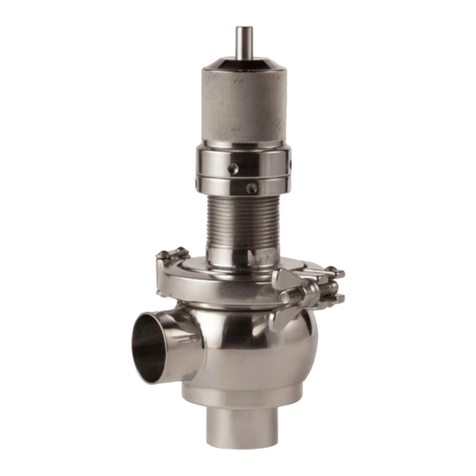
INOXPA
INOXPA OVERFLOW Manual
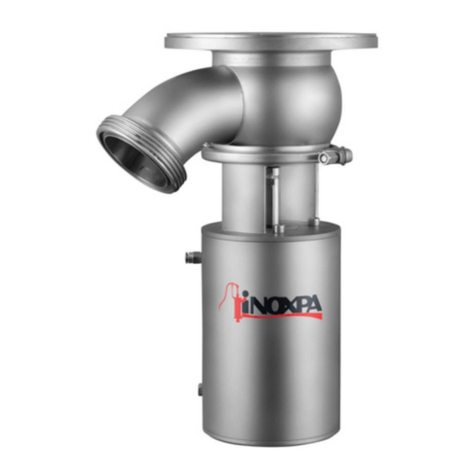
INOXPA
INOXPA INNOVA F Ex Manual
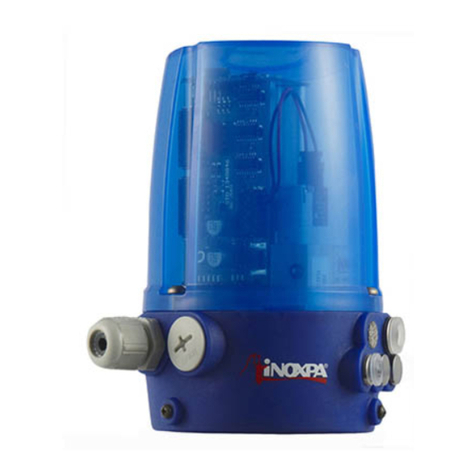
INOXPA
INOXPA C-TOP+ User manual

INOXPA
INOXPA PHARMAVALVE Installation and user guide
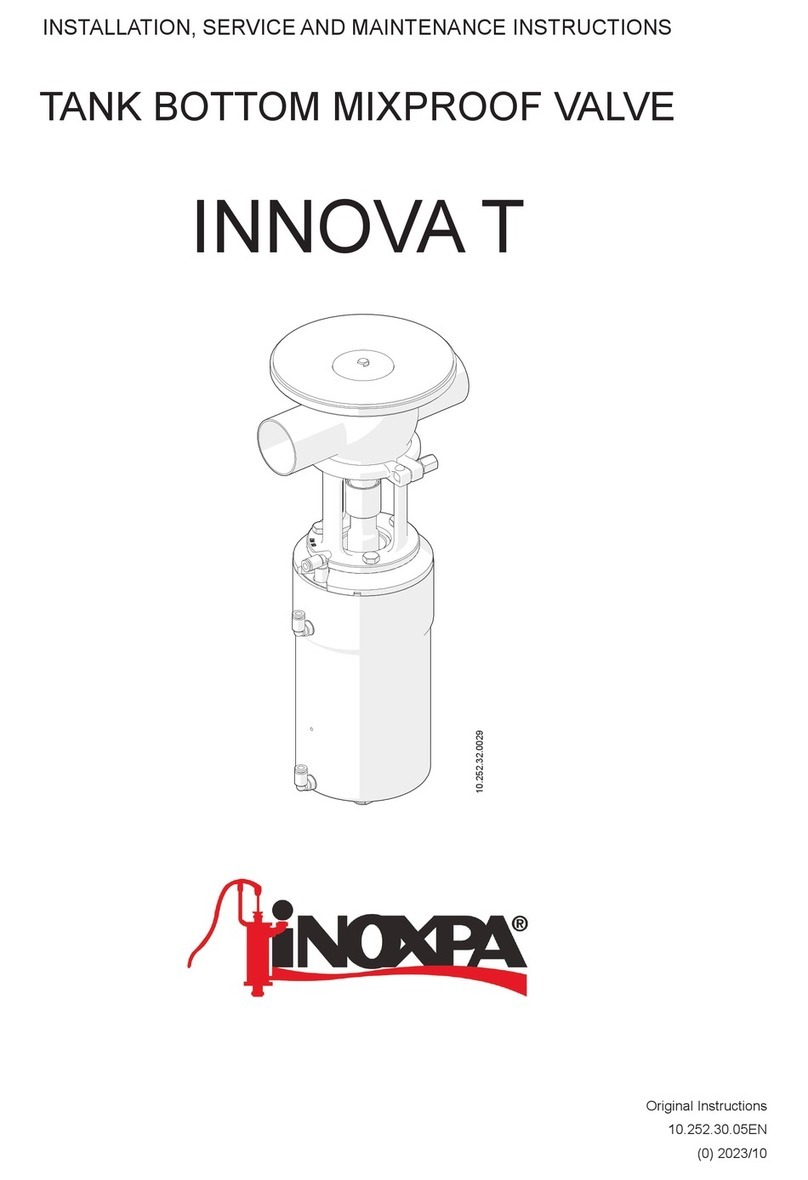
INOXPA
INOXPA INNOVA T Manual

INOXPA
INOXPA INNOVA F Manual

INOXPA
INOXPA INNOVA G Manual

INOXPA
INOXPA BALL Installation and user guide

